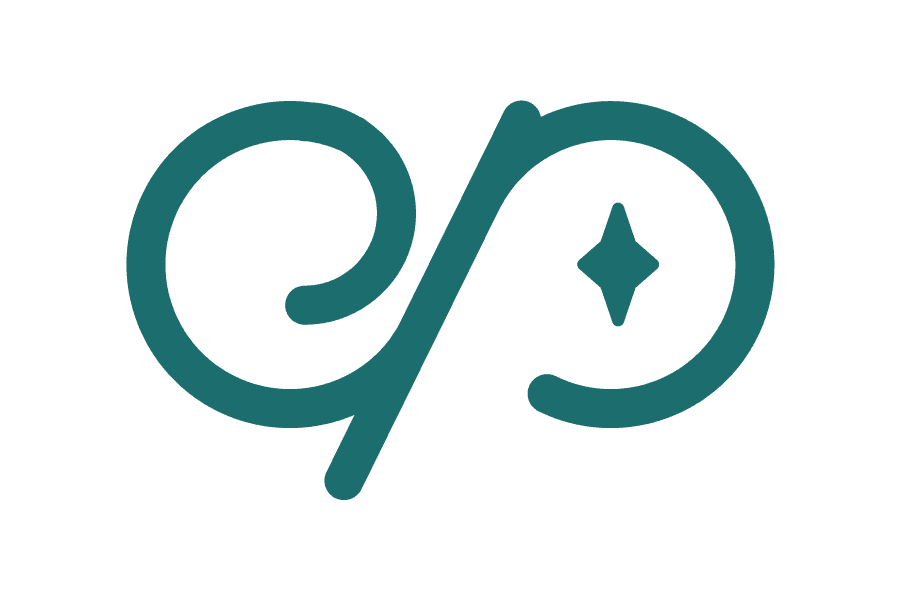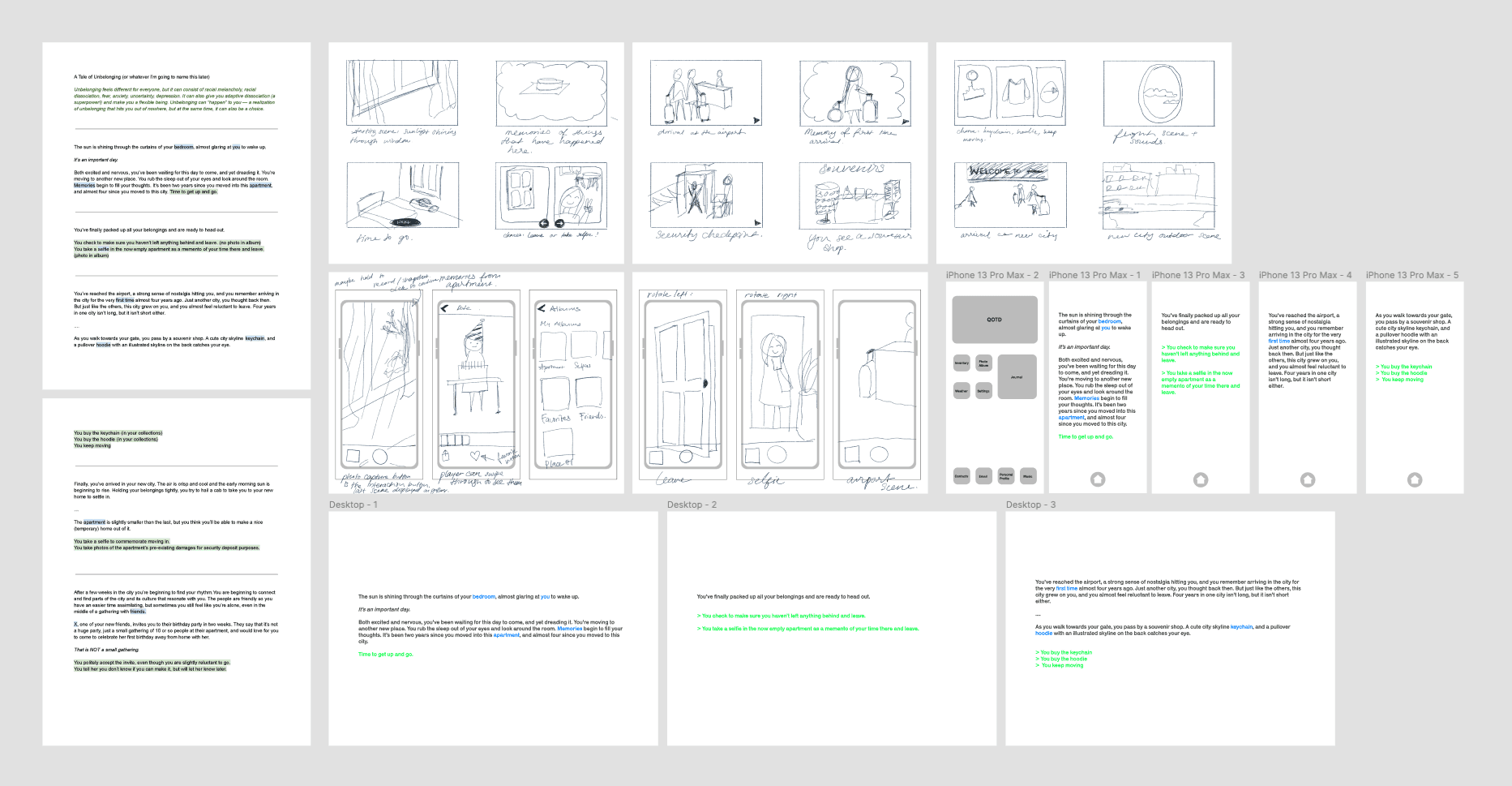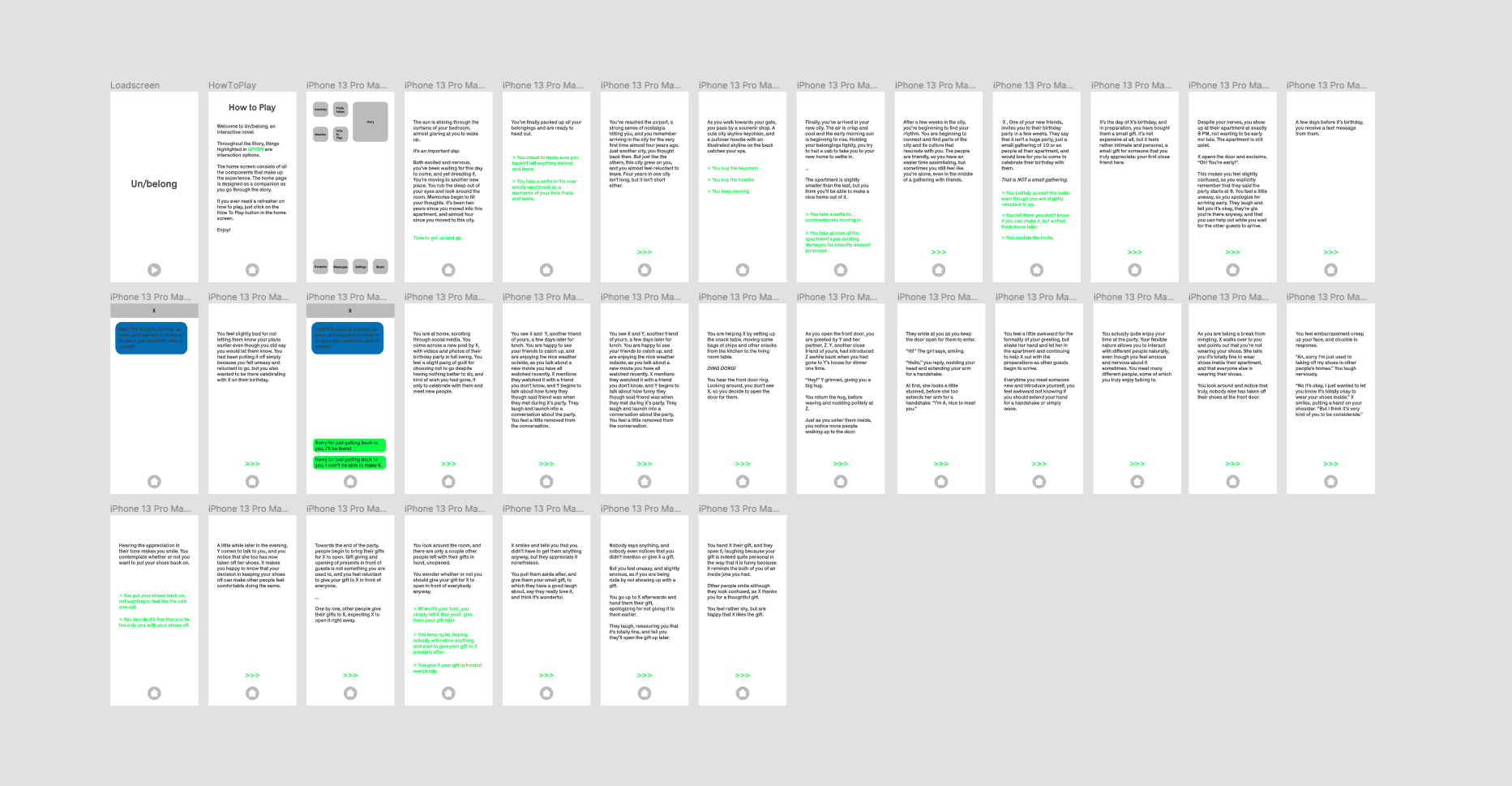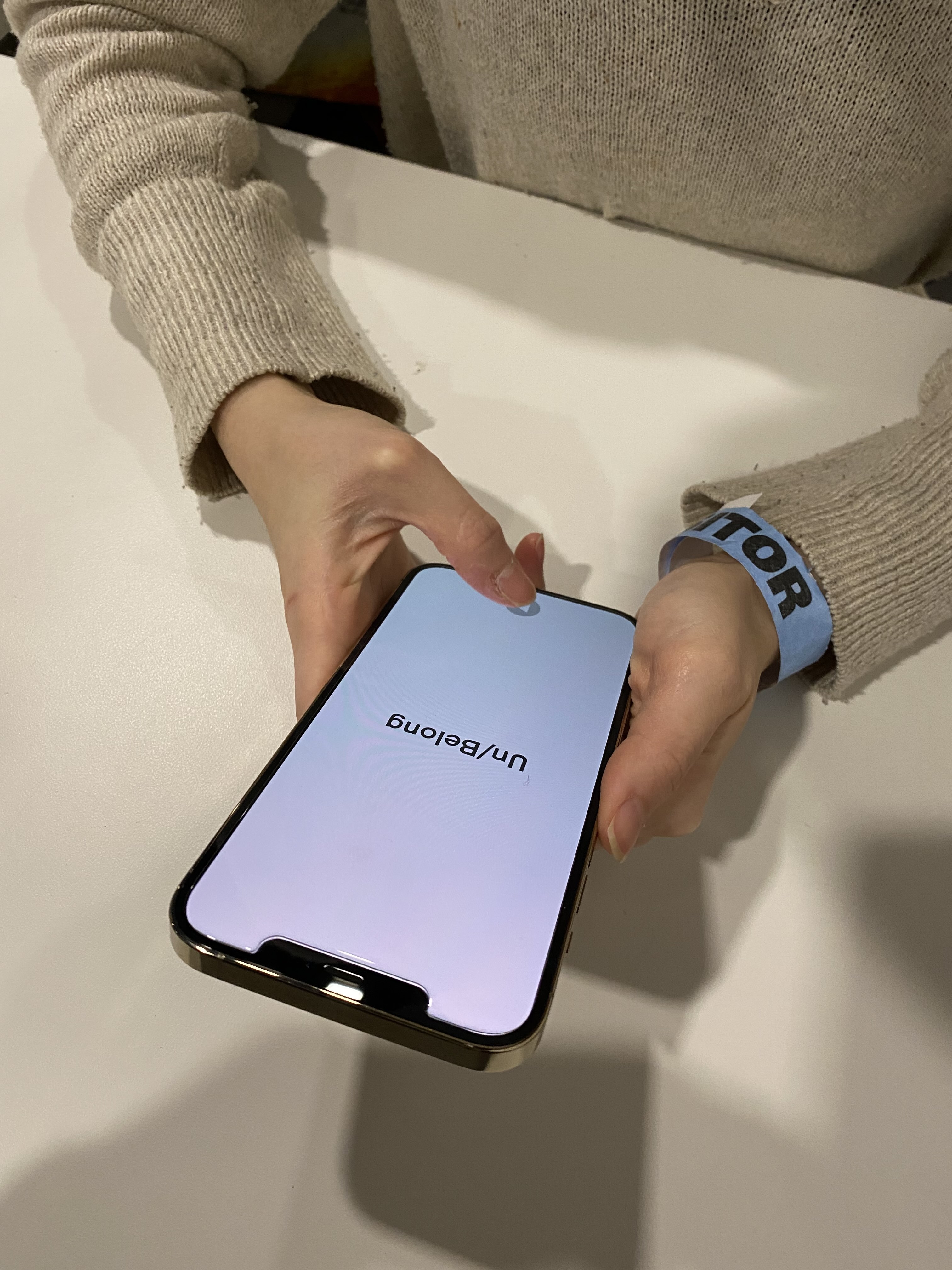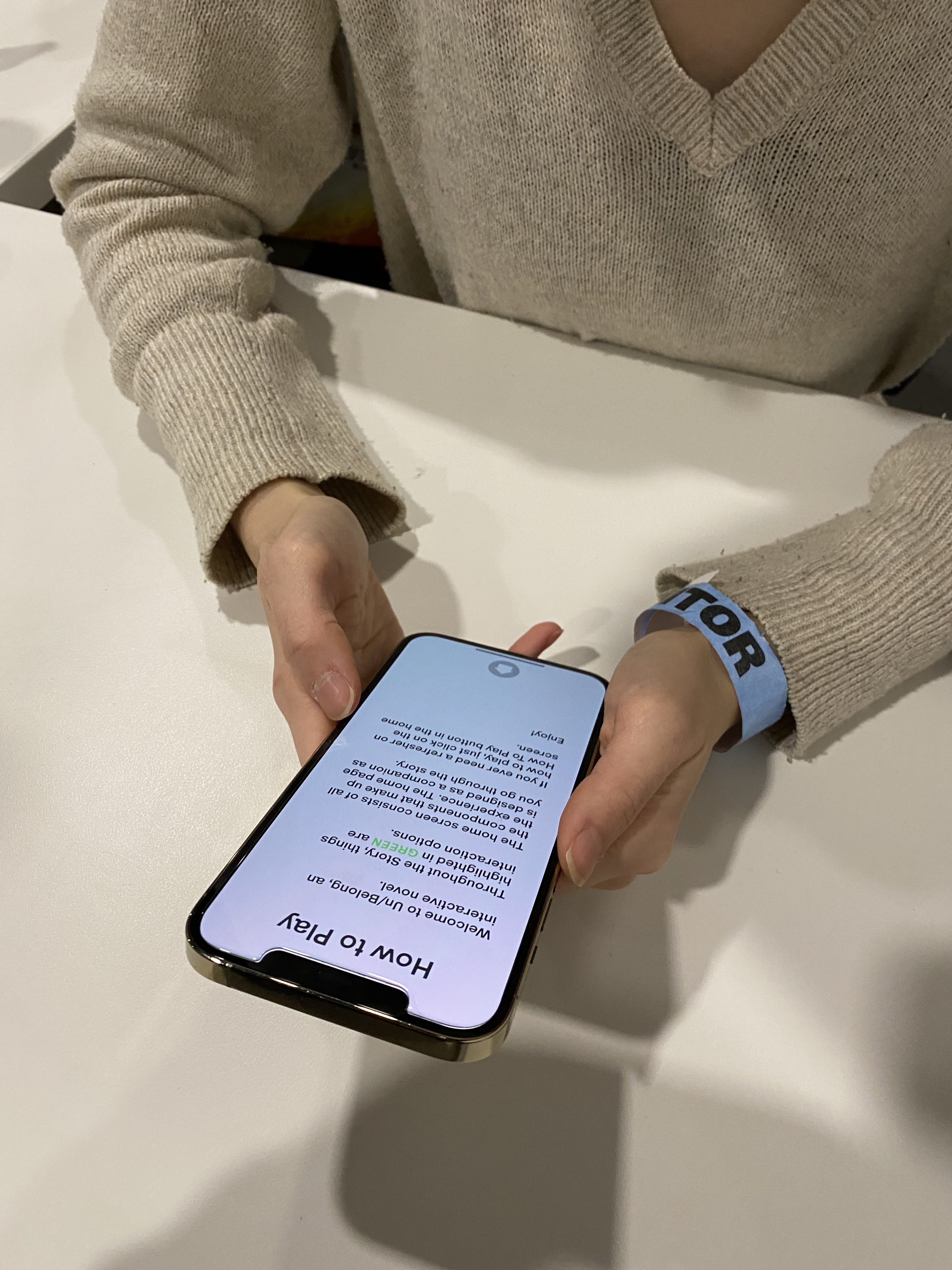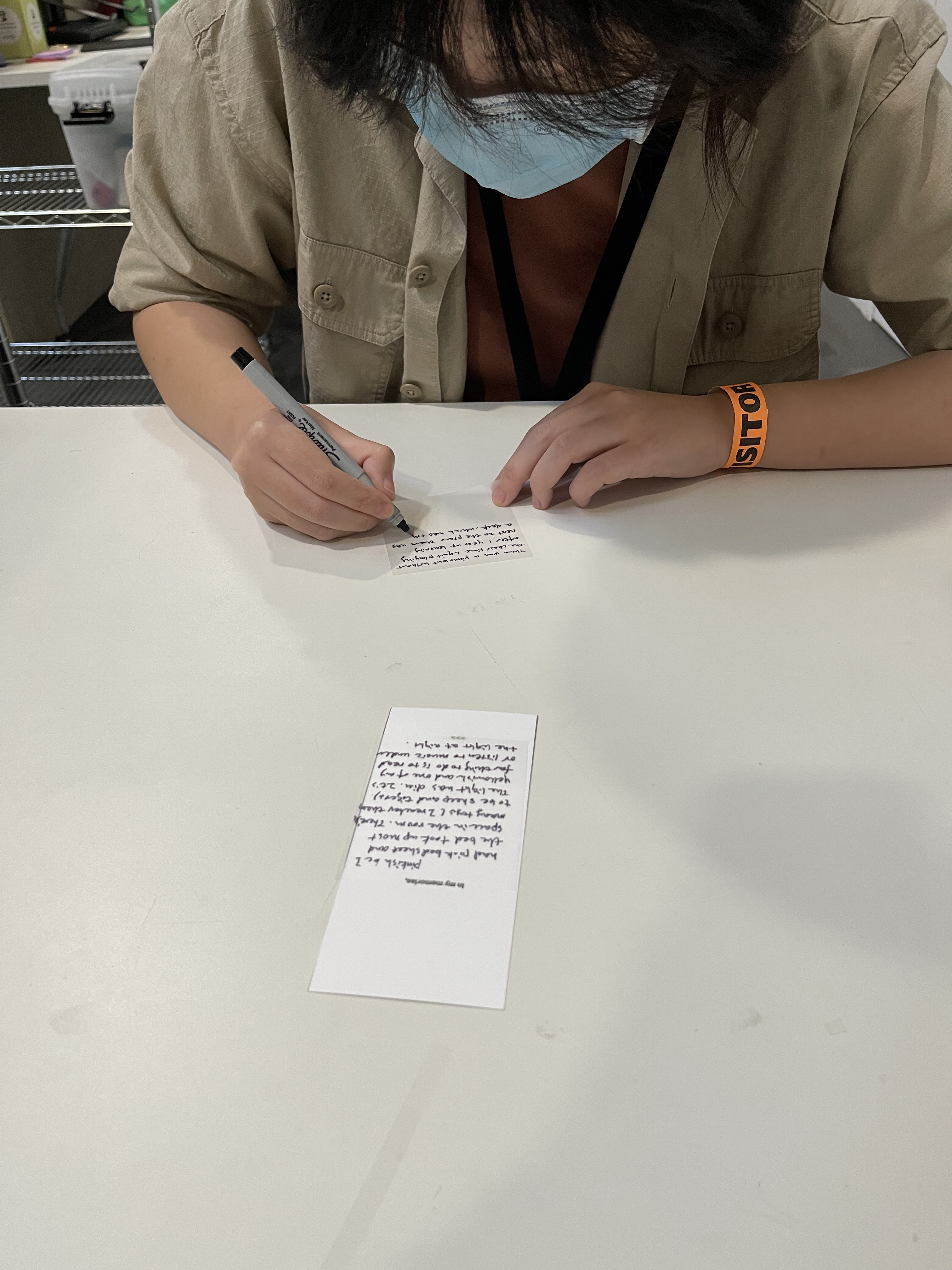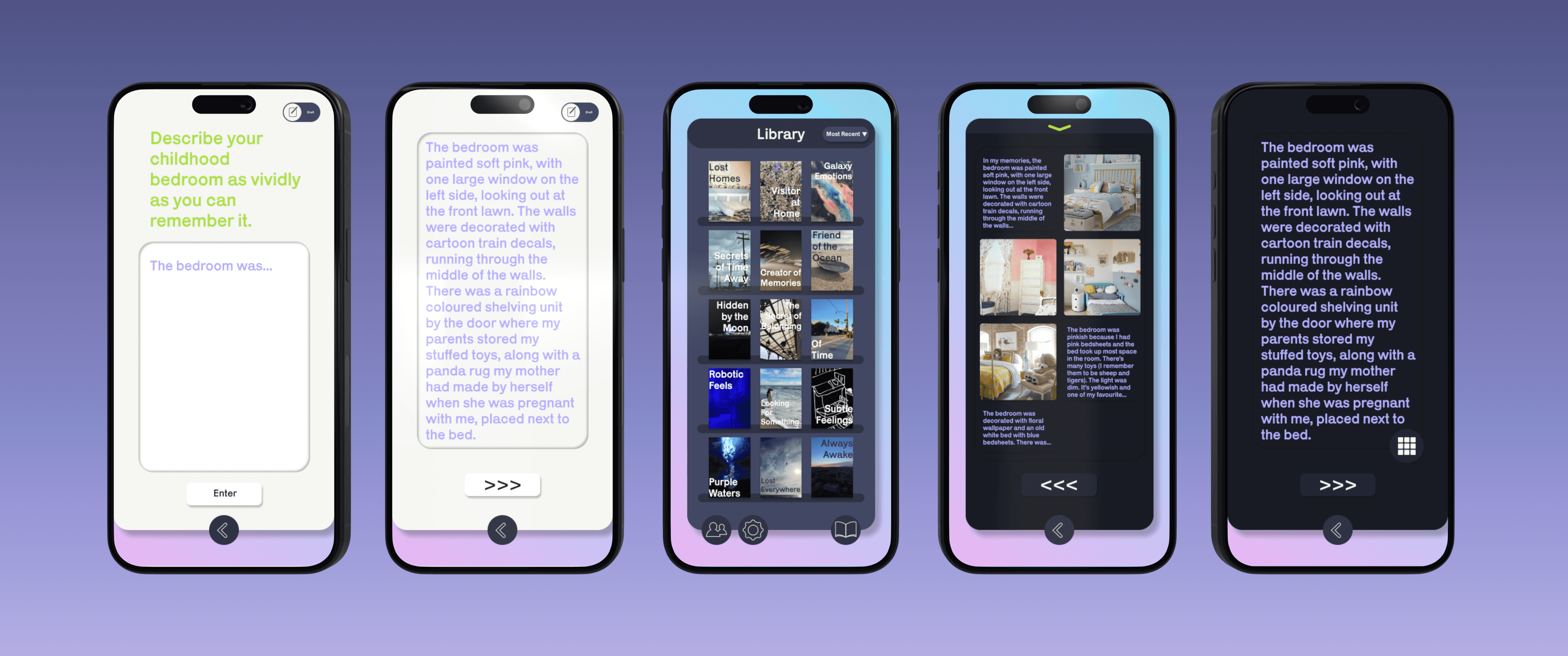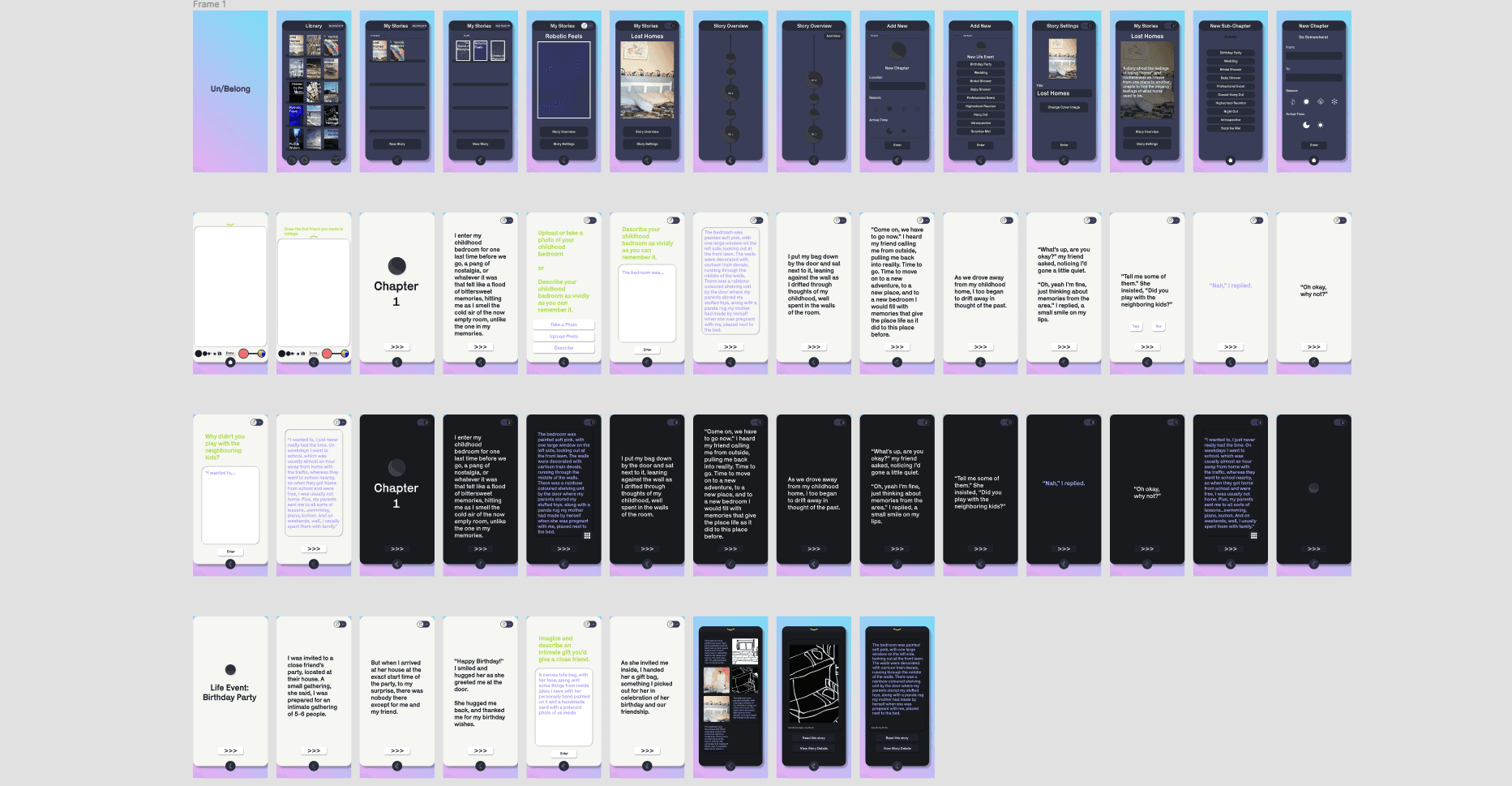
Un/Belong
An interactive autofiction application
Overview
Un/Belong is an interactive autofiction application designed to discuss and spotlight the experience of unbelonging.
It is an application that allows the user to craft their own stories of unbelonging as they weave their own experiences (real or imagined) with pre-existing narratives surrounding the multi-layered experiences of unbelonging for young Asian women in their 20s and 30s.
Un/Belong is a Thesis project for the completion of an MFA from Media Design Practices at Art Center College of Design.
Special thanks to Anne Burdick as lead advisor, and Tim Durfee and Elise Co as co-advisors.
Unbelonging (noun):
A feeling and experience of being left out. To not belong. Feelings of other-ness and alienation.
As someone who moved around a few times for school, I noticed that my friends and fellow classmates that had moved around as well, especially could relate to a particular experience and emotion. I began to do my research, and finally found the right words to capture the essence of this experience: Unbelonging.
But Unbelonging isn't just an emotion or experience as a consequence or result of an action. It is also a choice that can be made. It is not always negative and isolating, it can also be something that connects you to others.
Demo Video
Project Objectives
This project aims to design an application surrounding the topic of unbelonging. Some important objectives of the project include:
Encourage engagement with experiences of unbelonging as multidimensional. diverse and personal.
Bring often underrepresented voices into the foreground.
Offer a perspective on unbelonging as not just a consequential emotion and experience, but a choice as well.
Allow for diverse range of participation, where users can engage with stories through personal or fictional reflection.
Create a space for story writing, personal reflection and kinship through commonality and relatability.
Project Outcomes
Application Key Features
The Library
The library stores all stories of unbelonging, including your own. This is the main feature that allows users to browse and read other stories of unbelonging.
Autofiction Meets Interactive Novel
The application is designed with a system that combines the playfulness of an interactive novel, and the personal aspect of writing autofiction, allowing for a diverse range of stories that can be written and shared with the community.
Autofiction Meets Interactive Novel
The application is designed with a system that combines the playfulness of an interactive novel, and the personal aspect of writing autofiction, allowing for a diverse range of stories that can be written and shared with the community.
Process
First Iteration: An Interactive Novel on Unbelonging
Ideation & Prototype 1
During the ideation phase, I focused on the script and put a spotlight on the interactive story to place emphasis on the stories of voluntarily nomadic lives and the experiences of unbelonging surrounding these stories.
The first prototype focused on a text based interactive novel design, where the player chooses different responses and choices throughout the story. The story itself was largely the focus of this prototype, ensuring that the story and the choices allowed for the player to connect and empathize with the character.
In order to create an intimate connection between story and player, this design focused on having a mobile phone home screen interface as the main menu.
Adding on to the first prototype, the second prototype focused on creating more than just a text-based interactive novel, adding images as part of the experience.
In order to create an intimate connection between story and player, this design focused on having a mobile phone home screen interface as the main menu.
User Testing
Key Takeaways
Prototype successfully created an intimate and emotional connection between player and story, and successfully captured experiences of unbelonging.
Story and choices players were able to make were relatable and added empathy for character within the story.
Even more story personalization and multidimensionality needed to be added in to emphasize these aspects of unbelonging.
Second Iteration: Adding Multidimensionality and Personalization Through Autofiction
Prototype 1
For the second iteration, the design focused on adding personalization and the multidimensionality of unbelonging. This meant moving closer to autofiction, and combining personal prompts and interactive novel elements.
Players were able to choose different events surrounding experiences of unbelonging, which were divided into experiences of moving to a different place, and events that often bring about experiences of unbelonging. These included birthday parties, various social gatherings and even professional events. The story and prompts would then follow said event.
User Testing
Key Takeaways
Prototype successfully allowed users to craft their own stories.
System managed to find a good balance for autofiction and relatability.
Refinement needed, along with some features that allowed people to read other people's stories more easily.
Prototype Refinement
The prototype of the second iteration was then refined, focusing on the overall experience, interactivity and customizability of storytelling and sharing.
A features were refined and added, including one that allowed users to see their reading and writing progress, a library that shows the stories that have been written by others, and a drawing feature.
Final Iteration: Focusing on Storytelling and Reading
Prototype
The final iteration removed the phone home screen interface that was originally designed to create a sense of intimacy between the application and user. The new "home screen" was the Library, to focus on the main features — story telling and reading.
This was done to really focus on the main features of this application, and remove the distractions and possibility of overwhelm the phone home screen interface provided.
